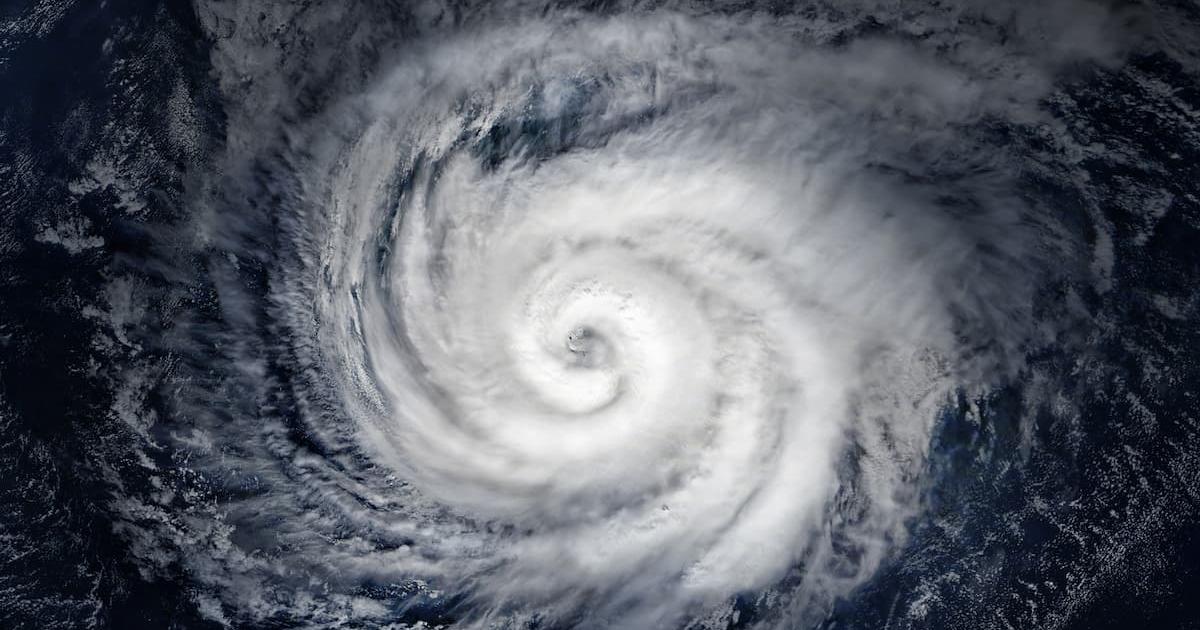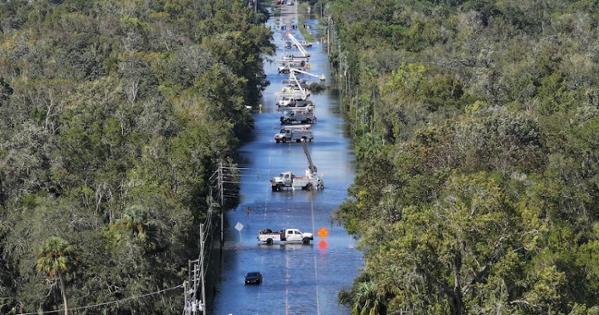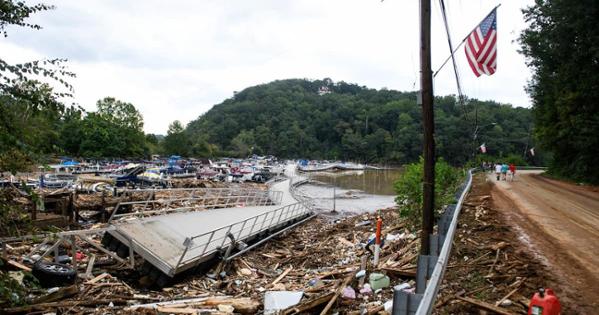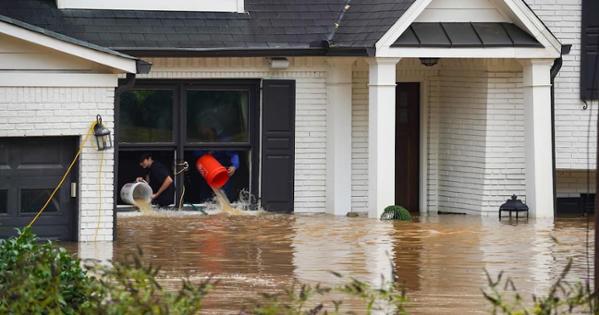3 Facts and a Fiction: The Eye of the Storm
 One of the largest storms in the Gulf of Mexico over the last century wreaked havoc on the East Coast last week.
One of the largest storms in the Gulf of Mexico over the last century wreaked havoc on the East Coast last week.
After making landfall in Florida, Hurricane Helene—a Category 4 storm, which produced winds of up to 140 mph—caused damage across hundreds of miles. With its path of destruction and wind field spanning Indianapolis to Washington, DC, Helene is the biggest hurricane yet in what was predicted to be an “above normal” season, according to the National Oceanic and Atmospheric Administration.
Forecasters predicted the 2024 hurricane season—which runs from June 1 to November 30—could produce up to 25 named storms, including four to seven major hurricanes.
Here, AU professor of environmental science Stephen MacAvoy explains hurricane trends and how climate change is—and isn’t—impacting the powerful storms pounding the East Coast.
Fact: The most damaging hurricanes in the US are three times more frequent today than 100 years ago.
 The proportion of Category 3 or above hurricanes in the Atlantic has doubled since 1980, according to the Environmental Defense Fund. While we aren’t seeing an increase in the number of hurricanes, the storms are intensifying and reaching their peak intensity closer to land.
The proportion of Category 3 or above hurricanes in the Atlantic has doubled since 1980, according to the Environmental Defense Fund. While we aren’t seeing an increase in the number of hurricanes, the storms are intensifying and reaching their peak intensity closer to land.
Storms are also increasing in strength faster. In some cases, you can go from Category 3 to Category 5 in 24 hours.
Fact: More frequent major hurricanes carry the potential to impact areas further inland.
 We know that the only thing that can stop a hurricane is cold water or land. While we can never predict exactly how storms track, we’re likely to see more hurricanes come from the Gulf of Mexico across Florida and gain strength again in the Atlantic.
We know that the only thing that can stop a hurricane is cold water or land. While we can never predict exactly how storms track, we’re likely to see more hurricanes come from the Gulf of Mexico across Florida and gain strength again in the Atlantic.
Generally, this means larger storms will have more energy and be capable of traveling further.
Fact: Like other extreme weather, hurricane intensity will continue to put pressure on infrastructure.
 Of all recorded weather disasters in the US, hurricanes are the deadliest, costliest, and most destructive. Along with high winds, major hurricanes can dump huge amounts of water in a short amount of time, which can exacerbate existing flooding concerns in communities.
Of all recorded weather disasters in the US, hurricanes are the deadliest, costliest, and most destructive. Along with high winds, major hurricanes can dump huge amounts of water in a short amount of time, which can exacerbate existing flooding concerns in communities.
This isn’t just a hurricane problem. Over the last decade, Ellicott City, Maryland, had two 500-year floods that devastated it twice. As sea levels rise, DC is experiencing this flooding problem, too.
To respond to these issues, governments will have to develop better emergency infrastructure and, in some cases, start being an insurer for properties. In places like Florida and California, homeowners’ insurance is already getting quite expensive.
Fiction: These hurricane trends are all caused by climate change.
While research shows that climate change is contributing to more intense hurricanes, we can’t link any one event to climate change. We know that climate change has raised the ocean’s temperature, but sea surface temperatures alone can’t explain the increased intensity behind hurricanes because the Indian Ocean—the warmest in the world—doesn’t see many cyclones.
We still don’t know exactly what starts the cyclones, but we know a confluence of factors contribute, including low air pressure across Africa, warm air, and water.
The effect that climate change does have among that mix isn’t linear. That means we shouldn’t expect that there will necessarily be more hurricanes, even as the earth’s continued warming will have an impact on intensity.
